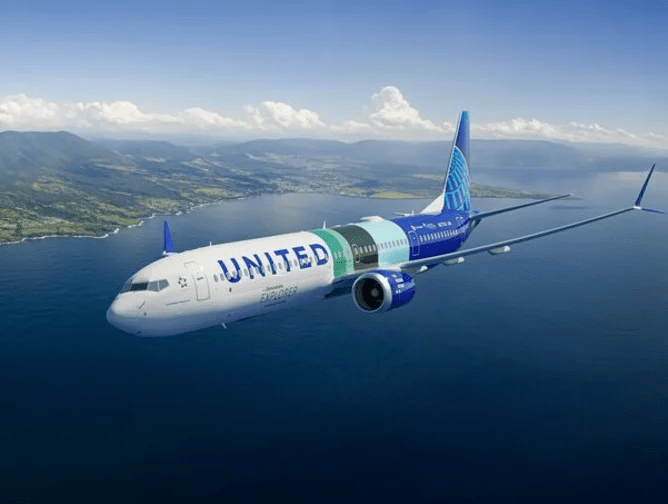In Short : Boeing, NASA, and United Airlines have joined forces to conduct tests on Sustainable Aviation Fuel (SAF) to assess its benefits. This partnership aims to explore SAF’s efficiency, environmental impact, and potential for reducing carbon emissions in aviation. The collaboration represents a significant step toward a more sustainable future for air travel, emphasizing the industry’s commitment to combating climate change.
In Detail : Boeing, NASA & United’s tests have the potential to show what our transition to SAF can provide beyond GHG reductions, shares United CSO Lauren Riley
Air travel is widely seen as one of the least sustainable options — however, for both freight and distance passenger travel it is often necessary.
Boeing is partnering with NASA and United Airlines for in-flight testing to measure how sustainable aviation fuel (SAF) affects contrails and non-carbon emissions, in addition to reducing the fuel’s life cycle climate impact.
The collaboration, which aims to strengthen sustainability in aviation, looks to understand how advanced fuels, engine combustor designs and other technologies may reduce atmospheric warming.
“We are honored to collaborate with NASA, United Airlines, and other valued partners on research that will strengthen the industry’s understanding of the benefits of SAF beyond reducing carbon emissions,” says Chris Raymond, Boeing’s Chief Sustainability Officer.
“We’ve solved hard problems before, and if we continue to take meaningful actions, I’m confident we’ll achieve a more sustainable aerospace future, together.”
Sustainable developments in action
Boeing’s second ecoDemonstrator Explorer, a 737-10 destined for United Airlines, will fly with 100% SAF and conventional jet fuel in separate tanks and alternate fuels during testing. NASA’s DC-8 Airborne Science Lab will fly behind the commercial jet and measure emissions produced by each type of fuel and contrail ice particles. NASA satellites will capture images of contrail formation as part of the testing.
“This collaboration between Boeing, NASA and United has the potential to not only help us better understand contrails but to provide the full scope of what our transition to SAF can provide beyond greenhouse-gas reductions,” said United Chief Sustainability Officer Lauren Riley.
For example, tests will assess how SAF affects the characteristics of contrails, the persistent condensation trails produced when airplanes fly through cold, humid air. While their full impact is not yet understood, some research has suggested certain contrails can trap heat in the atmosphere.
“Flight testing is complex and resource-intensive, yet it’s the gold standard for understanding how sustainable aerospace innovations affect changes in contrails and climate,” says Rich Wahls, NASA mission integration manager for the Sustainable Flight National Partnership.

